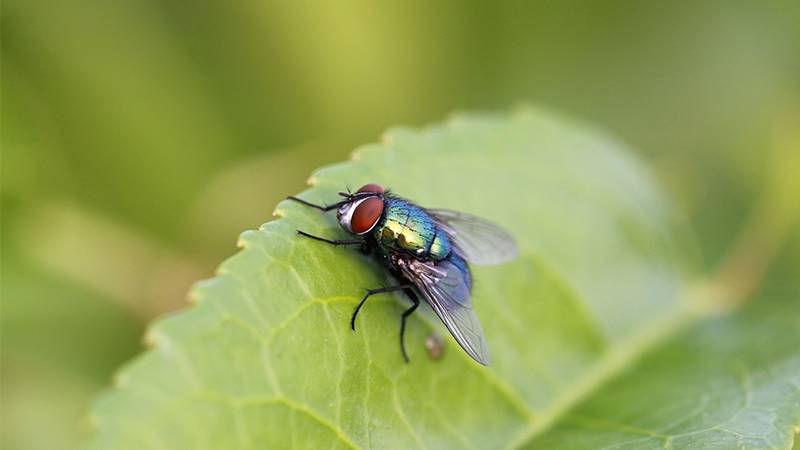A groundbreaking development in sustainable agriculture is unfolding as companies worldwide engage in a competitive race to construct the largest insect farms. This movement is driven by the urgent need to reduce greenhouse emissions associated with traditional animal feed production. The burgeoning industry, backed by over $1 billion in venture capital since 2020, focuses on rearing insects like crickets, mealworms, and fly larvae in high-tech, controlled environments for protein production.
In Nesle, France, the world’s largest insect farm recently commenced operations. Spanning 35,000 square meters, it aims to produce 15,000 metric tons of protein from fly larvae annually. However, this record will soon be challenged by a forthcoming 45,000-square-meter farm near Amiens, capable of yielding over 100,000 metric tons of mealworms per year. Additionally, at least two more fly hatcheries are expected to join the race in 2024 and 2025.
These innovative farms use food waste as feed for insects, transforming the waste into valuable protein, nutrient-rich oil, and fertilizer. This process is facilitated by both human handlers and AI-powered robots, ensuring continuous production. Notably, the industry is currently focused on animal feed markets rather than direct human consumption, aiming to replace less sustainable options like soybean feed or fishmeal.
The interest from major agriculture players is evident. Tyson Foods, a meat industry giant, invested in Protix, a Dutch company specializing in black soldier fly larvae. Similarly, food processing behemoth ADM partnered with Paris-based Innovafeed. These collaborations are strategic moves to establish large-scale operations in the United States.
If insects are reared on food waste and grown close to the farms or food processing plants that will eventually buy them, they can be a more sustainable source of nutrients than standard alternatives such as soybean feed or fishmeal, scientists say.
The drive towards large-scale production is not just for market dominance but also for environmental benefits. Practices like utilizing food waste and situating farms near existing agricultural and food processing facilities amplify these benefits. However, researchers caution that using processed feed instead of waste can negate environmental advantages.
The industry’s rapid expansion from small-scale start-ups to large, operational companies indicates a significant maturation. According to The Washington Post, the journey began in 2014 with Agriprotein’s $11 million investment to build a black soldier fly farm in South Africa. Since then, several record-breaking farms have emerged, each surpassing the other in size and capacity.
The current leader, Innovafeed’s Nestle plant, is already planning an expansion in the United States with ADM. Ynsect, another frontrunner with a 45,000-square-meter facility funded by notable investors, including actor Robert Downey Jr., is poised to take the lead. However, the industry leaders, like Ynsect co-founder Antoine Hubert, emphasize collaboration over competition, focusing on the collective goal of reducing the carbon footprint of the food supply chain.
More inspiring green news similar to this:


